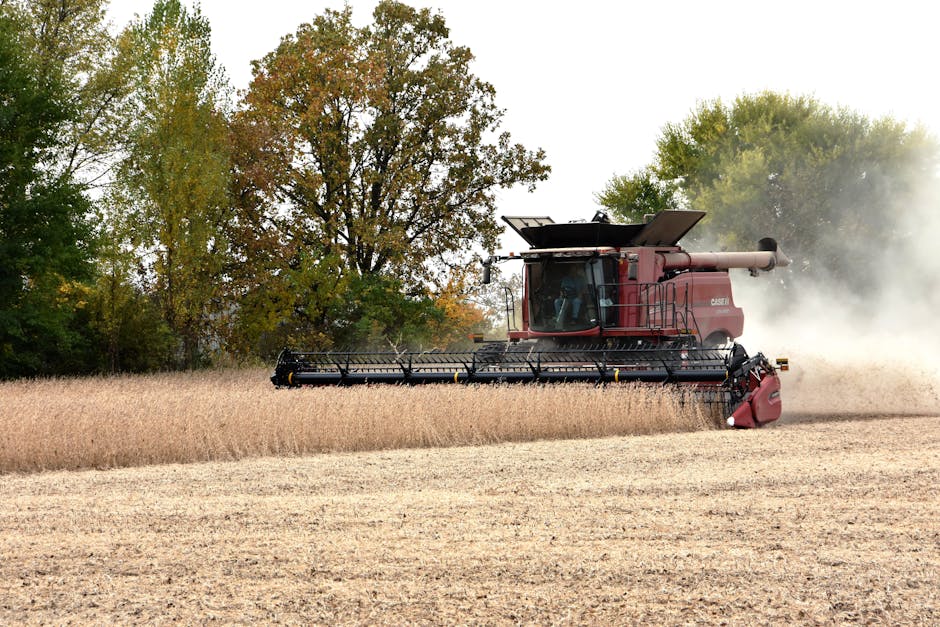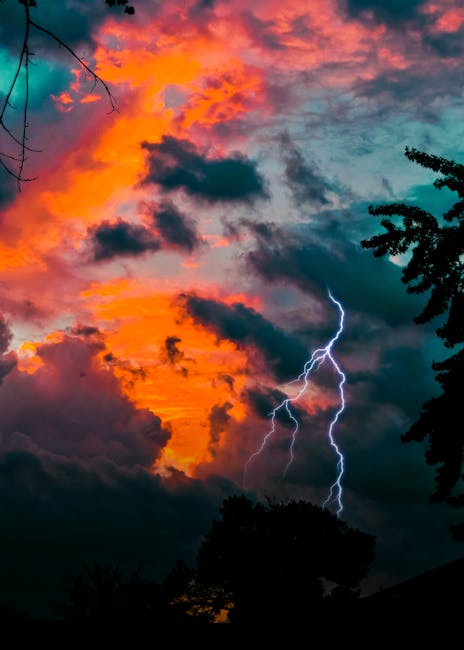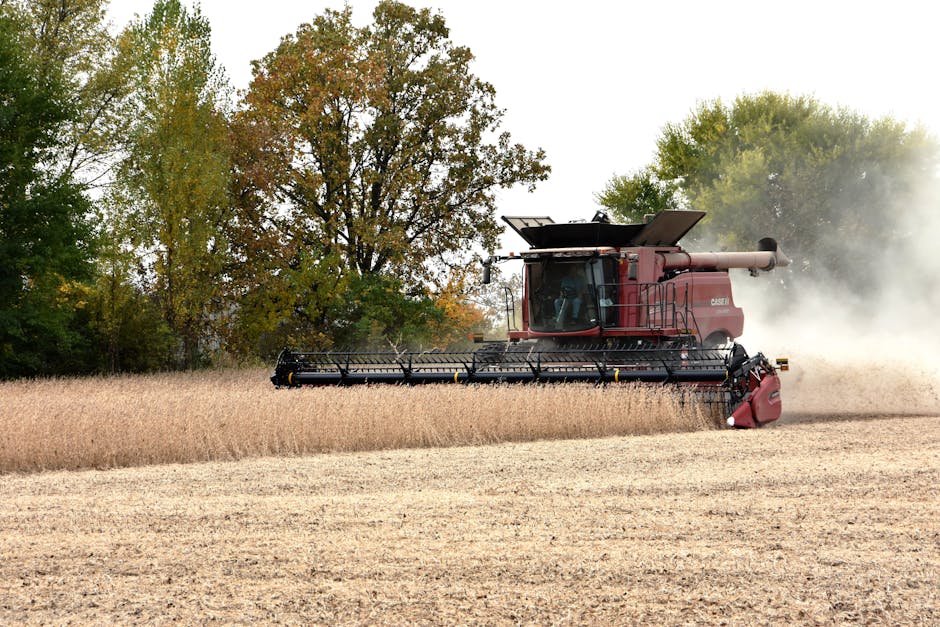Illinois Dust Storms: Understanding the Risks and Protecting Yourself
Illinois, while known for its lush farmlands and vibrant cities, isn’t immune to the powerful forces of nature. Dust storms, though perhaps less frequent than in arid regions, can still significantly impact the state, causing visibility issues, respiratory problems, and damage to property. Understanding the causes, risks, and protective measures associated with Illinois dust storms is crucial for residents and visitors alike.
What Causes Dust Storms in Illinois?
Illinois dust storms are typically triggered by a combination of factors. Unlike the vast desert storms often depicted, Illinois dust storms are more localized and frequently associated with:
- Strong Winds: High-velocity winds are the primary driver, capable of lifting loose topsoil and agricultural debris into the air. These winds are often associated with severe weather systems, including cold fronts and thunderstorms.
- Dry Soil Conditions: Extended periods of drought or dry weather leave the ground parched and susceptible to erosion. The lack of moisture reduces the soil’s cohesion, making it easier for the wind to pick up particles.
- Agricultural Practices: Farming activities, particularly tilling and harvesting, can expose large areas of bare soil. This loose soil is readily available for wind erosion, increasing the likelihood of dust storms, especially during dry spells.
- Construction and Development: Construction sites and areas undergoing development often have exposed soil, creating a potential source of dust that can be stirred up by the wind.
The timing of Illinois dust storms is often seasonal. They tend to be more common during the spring and early summer months when winds are stronger and soil moisture is low. However, they can occur at any time of year if the necessary conditions are met.

The Dangers of Illinois Dust Storms
While not as intense as dust storms in desert regions, those occurring in Illinois still present several significant risks:

- Reduced Visibility: Dust storms dramatically decrease visibility, making driving extremely hazardous and increasing the risk of traffic accidents. Visibility can drop to near zero in severe cases.
- Respiratory Problems: Inhaling dust particles can irritate the respiratory system, causing coughing, sneezing, shortness of breath, and exacerbating existing conditions such as asthma and allergies. Fine dust particles can penetrate deep into the lungs.
- Damage to Property: Strong winds accompanying dust storms can damage property, including crops, buildings, and vehicles. The abrasive nature of dust particles can also cause damage to surfaces.
- Agricultural Losses: Dust storms can strip topsoil from fields, reducing crop yields and damaging young plants. This can lead to significant economic losses for farmers.
Protecting Yourself During a Dust Storm
Being prepared is key to staying safe during an Illinois dust storm. Here are some essential steps to take:
- Stay Indoors: If a dust storm is imminent or underway, seek shelter indoors. Close all windows and doors to prevent dust from entering.
- Avoid Driving: If you’re driving when a dust storm hits, pull over to a safe location, turn off your headlights, and wait for the storm to pass. Avoid driving through the storm if visibility is poor.
- Protect Your Respiratory System: Wear a dust mask or respirator to filter out dust particles if you must go outside during a dust storm. This is especially important for those with respiratory conditions.
- Check Weather Forecasts: Stay updated on weather forecasts and be aware of dust storm warnings issued by the National Weather Service.
- Protect Your Eyes: Dust can irritate the eyes. Wear protective eyewear if you have to be outdoors during a dust storm.
- Secure Outdoor Objects: Bring any loose outdoor furniture or other items inside to prevent damage from strong winds.
Long-Term Mitigation Strategies
Addressing the root causes of dust storms requires a long-term approach involving:

- Sustainable Agricultural Practices: Implementing no-till farming, crop rotation, and cover cropping can help maintain soil moisture and reduce erosion.
- Improved Land Management: Protecting and restoring natural vegetation can stabilize the soil and prevent wind erosion.
- Water Conservation: Responsible water management practices can help prevent drought conditions that exacerbate dust storms.
- Urban Planning: Careful urban planning that minimizes exposed soil and incorporates green spaces can reduce the likelihood of dust storms in urban areas.
Conclusion
While Illinois dust storms may not be as dramatic as their desert counterparts, they still pose significant risks to public health and safety, as well as the agricultural economy. By understanding the causes, dangers, and protective measures, Illinois residents and visitors can effectively minimize their risks and contribute to mitigating the impact of these powerful weather events. Staying informed through weather alerts and practicing responsible land management are essential components of community-wide preparedness.

